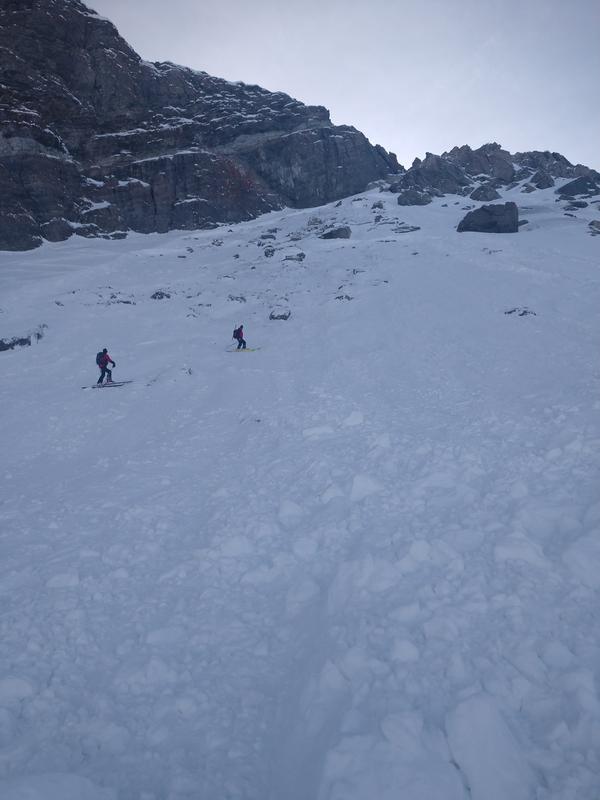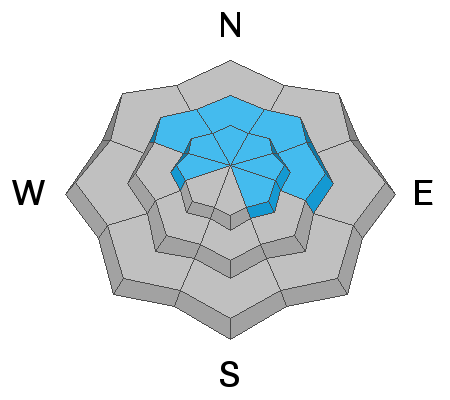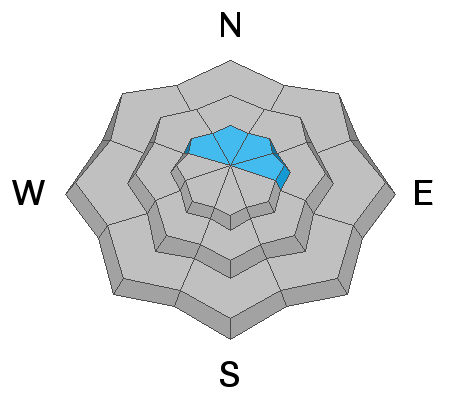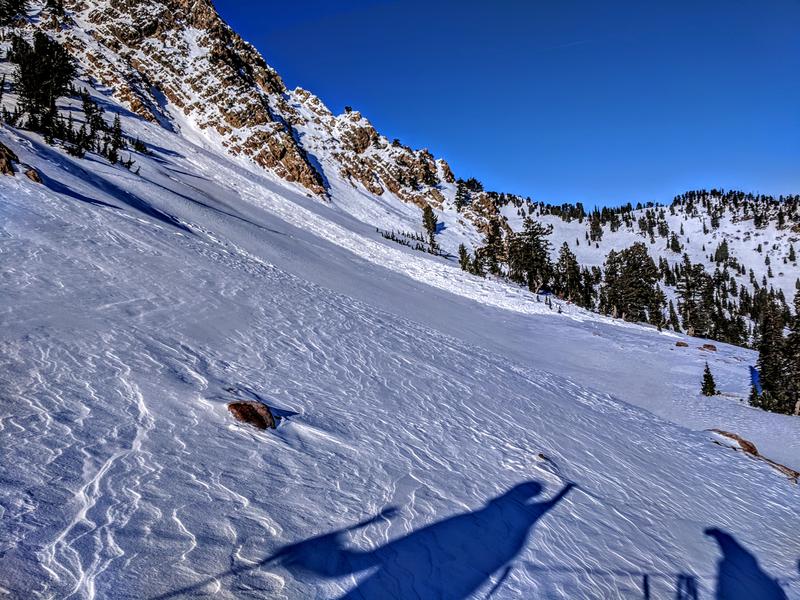Forecast for the Provo Area Mountains

Issued by Evelyn Lees on
Saturday morning, December 15, 2018
Saturday morning, December 15, 2018
The avalanche danger is MODERATE for triggering a slab avalanche 2 to 4 feet deep, on mid and upper elevation slopes facing northwest through easterly, and on upper elevation west and southeasterly facing slopes. It is an isolated chance of triggering one of these monsters, but deadly if you do.
There is also a MODERATE danger for triggering a wind slab or wind drift, which are most widespread on upper elevation, northerly facing slopes.
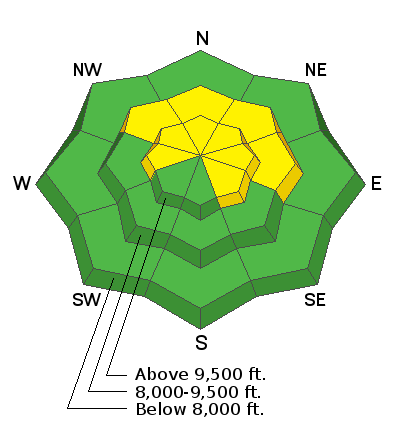
Low
Moderate
Considerable
High
Extreme
Learn how to read the forecast here


